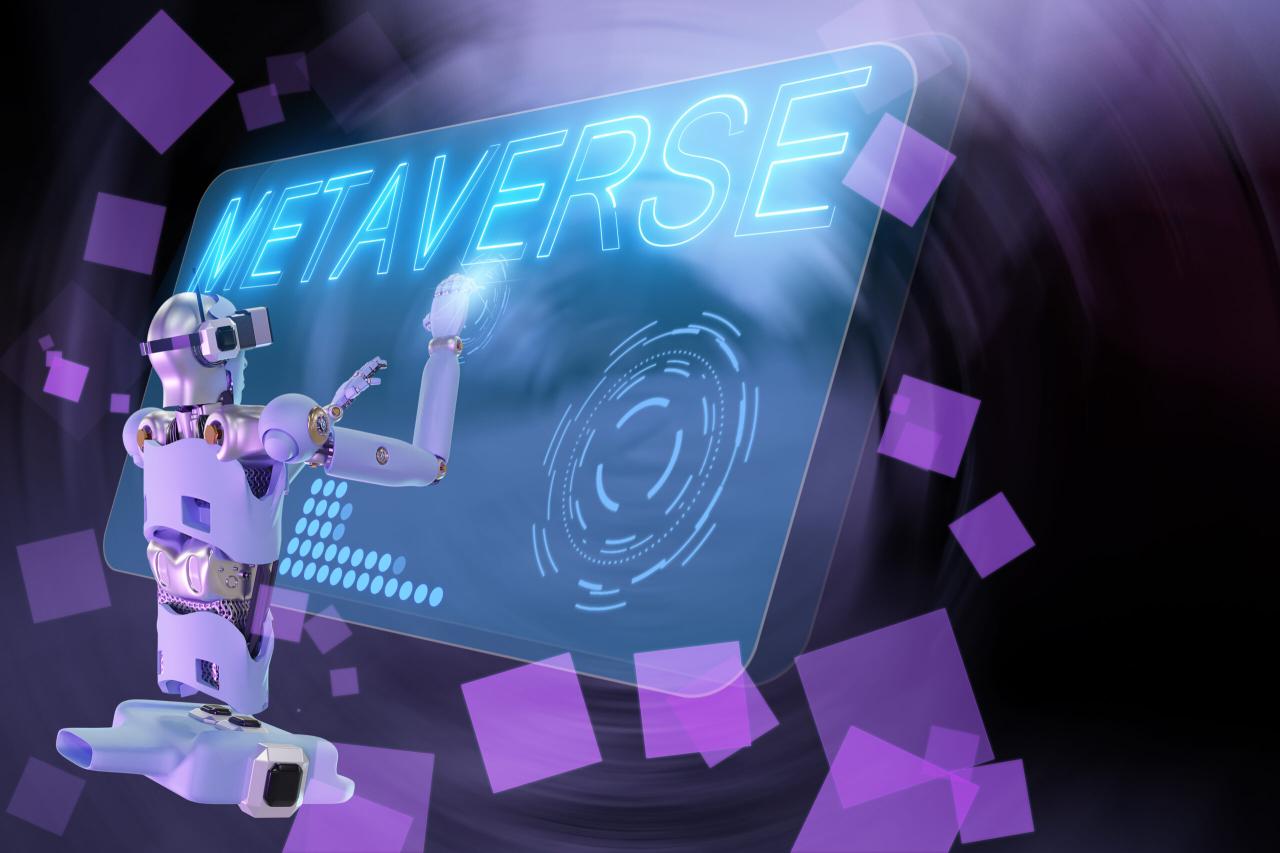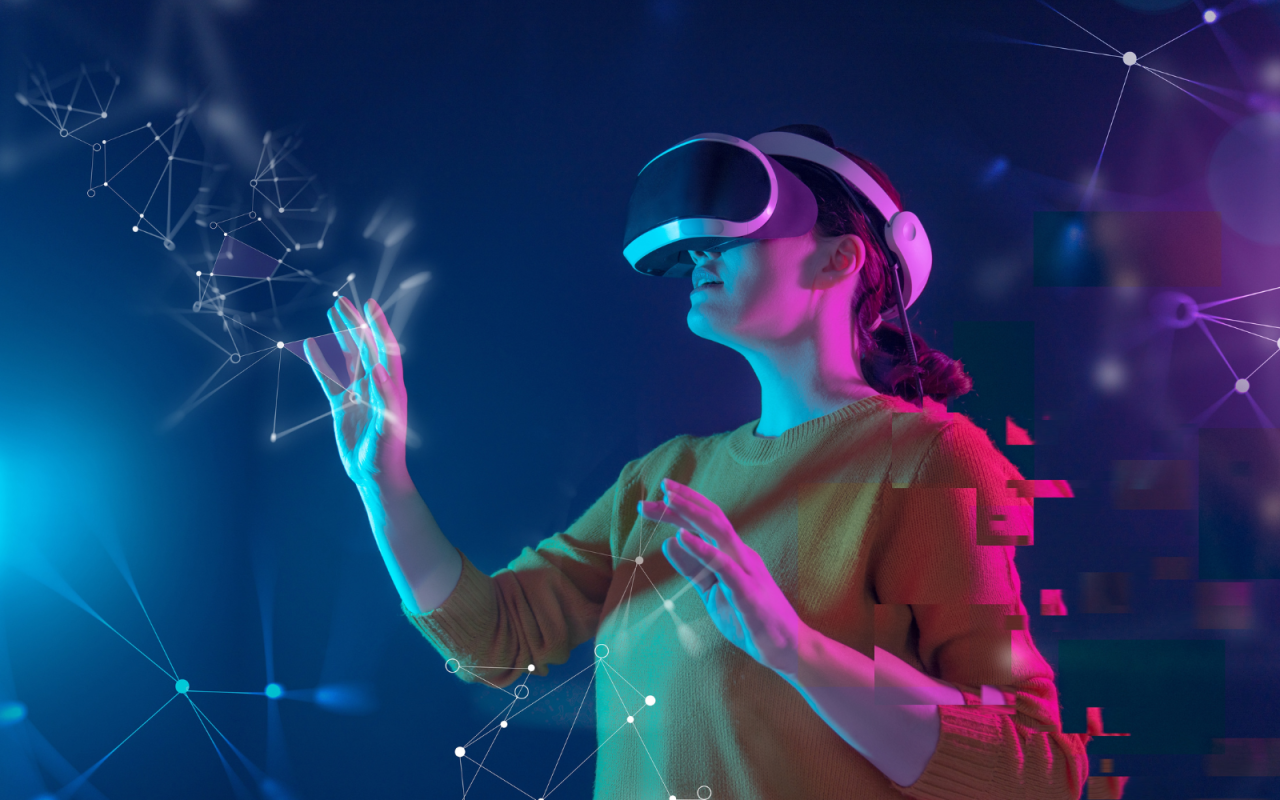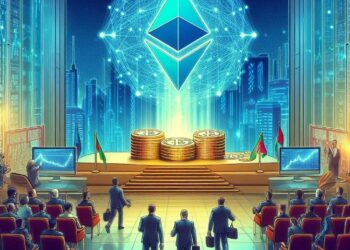The concept of a Metaverse—a persistent, shared, 3D virtual space built on future internet technologies—has been a staple of science fiction for decades. Yet, for years, the reality was fragmented. Early iterations included massive multiplayer online games (MMOs) and niche virtual worlds that, while popular, never truly coalesced into a unified, functioning economy. Now, however, a confluence of technological breakthroughs, mainstream adoption, and significant corporate investment has finally pushed the Metaverse economy into a sustained and explosive growth phase. This isn’t just a gaming trend; it’s a fundamental shift in how people work, socialize, and transact.
The Genesis of the Digital Boom

A. The Tech Stack That Fueled Growth
The current boom is not arbitrary; it is underpinned by four critical technological pillars that have matured simultaneously:
A. High-Speed Connectivity and 5G: Low latency and high bandwidth are essential for seamless, real-time virtual experiences, eliminating the lag that plagued earlier attempts.
B. Non-Fungible Tokens (NFTs) and Blockchain: These technologies provide the necessary infrastructure for provable digital ownership, scarcity, and transparent transactions, which are the cornerstones of any real economy.
C. Advanced Virtual and Augmented Reality (VR/AR): More comfortable, affordable, and powerful headsets and smart glasses are lowering the barrier to entry for immersive participation.
D. Artificial Intelligence (AI) and Machine Learning (ML): AI is being used to create more dynamic, realistic, and populated virtual environments, including “non-player characters” (NPCs) that enhance the feeling of a living world.
B. The Economic Significance of Digital Scarcity
A key factor differentiating the current Metaverse from previous virtual worlds is the introduction of true digital scarcityvia blockchain and NFTs. In traditional digital environments, assets could be infinitely copied. Now, when a user purchases a piece of virtual land, a unique digital fashion item, or a digital artwork, the ownership is immutably recorded on a decentralized ledger. This verifiable scarcity creates intrinsic value, allowing assets to be bought, sold, and traded in secondary markets, forming the basis of a self-sustaining economy.
Deep Dive into Core Economic Sectors

The Metaverse is not a monolithic entity; its economy is a vast ecosystem comprising multiple high-growth sectors, each generating millions, if not billions, in revenue.
1. The Virtual Land and Real Estate Market
Perhaps the most visible sign of the economic boom is the frenzied market for virtual land. Platforms like Decentraland, The Sandbox, and Somnium Space operate as digital nations where parcels of land are finite.
A. Investment and Speculation: Early investors bought parcels for hundreds or thousands of dollars; today, prime locations near virtual “hubs” or celebrity properties can sell for millions, treated as digital real estate investments.
B. Commercial Development: Companies are buying land to establish virtual storefronts, advertising billboards, and experience centers (e.g., concert venues, corporate headquarters). This land is used not just for speculation but for active commercial use and engagement.
C. Rental and Leasing Models: Just like in the physical world, virtual landowners can lease their properties to creators or businesses, generating a consistent, passive income stream. This establishes a foundational landlord economy within the Metaverse.
2. The Creator Economy: New Digital Professions
The demand for unique digital assets and experiences has spurred the rise of a robust creator economy. The Metaverse offers direct monetization paths for skills that were previously difficult to commercialize.
A. 3D Designers and Architects: There is massive demand for individuals who can design custom structures, furniture, and environments for virtual land owners and businesses. Virtual architecture is a rapidly emerging, highly paid profession.
B. Avatar and Fashion Stylists: Users want unique, customized digital identities. Artists who create bespoke NFT apparel, skins, and accessories are commanding high prices, often collaborating with major physical-world fashion houses (e.g., Gucci, Nike).
C. Experience Builders and Game Developers: Beyond static assets, the most valuable creations are interactive experiences—mini-games, quests, or dynamic social spaces—that draw and retain users. Developers with coding skills can essentially launch their own micro-businesses or virtual theme parks.
3. Entertainment and Social Commerce
The Metaverse provides unparalleled opportunities for large-scale, interactive entertainment and social commerce.
A. Virtual Concerts and Events: Major musical artists are holding virtual concerts, selling millions of dollars in ticket sales and exclusive NFT merchandise. These events bypass physical venue limitations, allowing for a truly global audience.
B. Digital Advertising and Sponsorship: Brands are leveraging the Metaverse as a prime advertising space. Instead of intrusive pop-ups, advertising is often integrated into the environment through interactive billboards, sponsored games, or branded virtual items.
C. Education and Training: Companies and universities are creating immersive training modules and virtual classrooms, offering practical, hands-on learning experiences that are not possible in 2D video conferencing. This represents a significant, long-term commercial application.
Financial Mechanisms and Infrastructure
The Metaverse economy’s foundation is built upon complex and evolving financial infrastructure, primarily leveraging Decentralized Finance (DeFi) principles.
A. Cryptocurrency and Tokens
Almost all Metaverse platforms utilize dedicated or widely accepted cryptocurrencies (e.g., ETH, MATIC, SAND, MANA) for all transactions. These tokens serve as the native currency, enabling:
A. Micropayments: Facilitating low-cost, near-instantaneous transactions necessary for a functioning real-time economy (e.g., buying a coffee for a virtual friend).
B. Governance: Many platform tokens grant holders governance rights, allowing them to vote on the future development and direction of the virtual world, making them true stakeholders.
C. Interoperability: While challenging, the long-term goal is to allow users to move their assets (tokens and NFTs) seamlessly between different Metaverse platforms, increasing their overall utility and value.
B. Monetization Models and Passive Income
The economic boom is largely driven by diverse and effective monetization models that allow users to earn as well as spend.
A. Play-to-Earn (P2E) and Move-to-Earn (M2E): These models reward users with crypto tokens or NFTs for engaging in activities, ranging from winning games (P2E) to physical movement that is tracked and mirrored in the virtual world (M2E).
B. Staking and Liquidity Providing: Advanced users can lock up their Metaverse tokens in decentralized protocols to earn interest or passively contribute to the platform’s liquidity, earning transaction fees.
C. Taxes and Fees: The platforms themselves often take a small transaction fee on all marketplace sales (usually 2-5%). This revenue is often cycled back into the platform’s development or treasury, securing its financial future.
Challenges and The Road Ahead
Despite the current boom, the Metaverse economy faces significant hurdles that need to be addressed for sustained, ethical growth.
A. Regulatory and Legal Ambiguity
The lack of clear international regulation is a major challenge. Key issues include:
A. Taxation: Determining how virtual asset sales, cross-border digital land purchases, and token earnings should be taxed in different jurisdictions remains a complex, unresolved issue.
B. Intellectual Property (IP) Rights: Protecting creator IP from unauthorized copying, especially in a decentralized environment, requires new legal frameworks.
C. Consumer Protection: Establishing safeguards against scams, market manipulation, and financial fraud, which are amplified by the novelty and anonymity of the space.
B. Technical and Accessibility Issues
While technology has advanced, mass adoption is still hindered by technical barriers.
A. User Experience (UX): Current interfaces and hardware often require a steep learning curve and high initial investment, excluding many potential users.
B. Security and Hacking: High-value digital assets make Metaverse platforms prime targets for hackers and malicious actors, requiring constant vigilance and robust security protocols.
C. Interoperability Standards: A truly successful Metaverse requires common technical standards so that assets and identities can be moved freely. The current landscape is a collection of “walled gardens,” which limits overall economic fluidity.
Conclusion
The current economic surge in the Metaverse is not a fleeting bubble; it represents the inevitable evolution of the internet and commerce. It is a paradigm shift where digital interactions are imbued with financial weight, ownership is verifiable, and new professions are born daily. The phrase “Metaverse Economy Finally Booms” accurately captures the moment we transitioned from theoretical possibility to concrete, self-sustaining financial reality.
The sheer scale of the investment—from giants like Meta (formerly Facebook), Microsoft, and hundreds of venture capital firms—signals a long-term commitment. However, the true engine of this boom is the democratization of creation and monetization. Unlike the Web 2.0 era, where platforms extracted value from user-generated content, the decentralized nature of the Web3 Metaverse allows creators to retain the vast majority of the value they generate. A digital architect in Manila can design a virtual skyscraper for a corporate client in London and be paid instantly in cryptocurrency, entirely bypassing traditional geographic and financial intermediaries. This reduction in friction is the ultimate fuel for the explosive economic growth.
We are witnessing the birth of a phygital economy—a seamless blend of the physical and digital—where assets and services flow between the two realms. The value of a digital fashion NFT is reinforced by its association with a physical brand, and the value of virtual land is underpinned by its utility for real-world businesses seeking a digital presence. As regulatory bodies catch up, as hardware becomes cheaper and more intuitive, and as technical standards mature, the Metaverse will cease to be a niche curiosity and become the primary interface for work, finance, and social interaction. Its economic impact will eventually rival, and in certain sectors, surpass that of the legacy internet. The boom is here, and it’s just getting started.












